The Surprisingly Strange Physics of Water
Intro
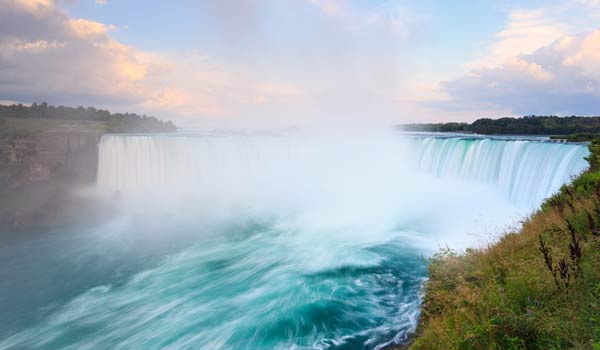
"There is nothing softer and weaker than water, and yet there is nothing better for attacking hard and strong things."
The Chinese sage Lao Tzu stated this paradox in his ancient text, the "Tao Te Ching." Indeed, water's ability to wash, soothe and nourish contrast with its brute power, as exhibited by Niagara Falls , the Grand Canyon (carved over time by the Colorado River) and tsunamis.
Similarly paradoxical, water is both extremely familiar making up nearly two-thirds of our own bodies and covering three-quarters of the planet and extremely mysterious. Though you know it so well, many of its properties will completely surprise you. Others are so strange that they still elude scientific understanding.
Race to the bottom
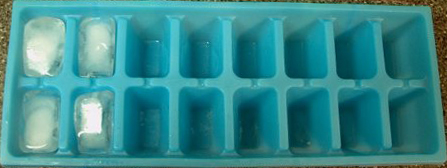
A logical person might assume that it would take longer for hot water to plunge down the temperature scale to 32 degrees Fahrenheit (0 degrees Celsius) and freeze than would cold water. But oddly enough, this is not always the case. As was first observed by a Tanzanian high school student, Erasto Mpemba, in 1963, hot water actually freezes faster than cold water when the two bodies of water are exposed to the same subzero surroundings.
And no one knows why.
One possibility is that the Mpemba effect results from a heat circulation process called convection. In a container of water, warmer water rises to the top, pushing the colder water beneath it and creating a "hot top." Scientists speculate that convection could somehow accelerate the cooling process, allowing hotter water to freeze faster than cooler water, despite how much more mercury it has to cover to get to the freezing point.
Slippery substance
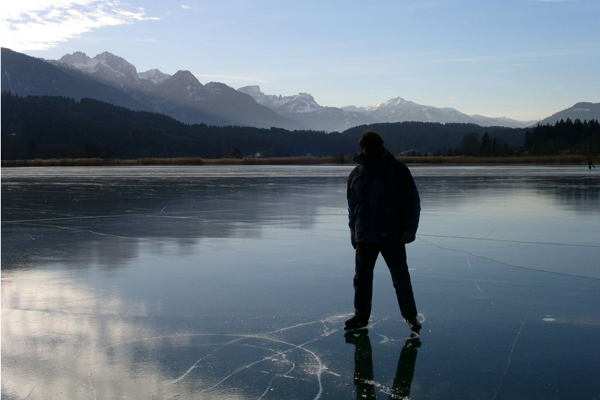
A century and a half of scientific inquiry has yet to determine why ice can make you fall down. Scientists agree that a thin layer of liquid water on top of solid ice causes its slipperiness, and that a fluid's mobility makes it difficult to walk on, even if the layer is thin. But there's no consensus as to why ice, unlike most other solids, has such a layer.
Get the world’s most fascinating discoveries delivered straight to your inbox.
Theorists have speculated that it may be the very act of slipping, or skating making contact with the ice that melts the ice's surface. Others think the fluid layer is there before the slipper or skater ever arrived, and is somehow generated by the inherent motion of surface molecules.
We know you're looking for someone or something to blame, as you lie there on the ground fuming, but unfortunately the jury is still out on this one.
Aquanaut

{youtube 3GG9ApFyBms&feature=player_embedded}
On Earth, boiling water creates thousands of tiny vapor bubbles. In space, on the other hand, it produces one giant undulating bubble.
Fluid dynamics are so complex that physicists didn't know what would happen to boiling water in zero-gravity conditions until the experiment was finally performed on board a space shuttle in 1992. Afterward, the physicists decided that the simpler face of boiling in space probably results from the absence of convection and buoyancy two phenomena caused by gravity. On Earth, these effects produce the turmoil we observe in our teapots.
Levitating liquid

{youtube RHhAgzIVHvo&feature=player_embedded}
When a drop of water lands on a surface much hotter than its boiling point, it can skitter across the surface for much longer than you'd expect. Called the Leidenfrost effect, this occurs because, when the bottom layer of the drop vaporizes, the gaseous water molecules in that layer have nowhere to escape, so their presence insulates the rest of the droplet and prevents it from touching the hot surface below. The droplet thus survives for several seconds without boiling away.
Insane in the membrane
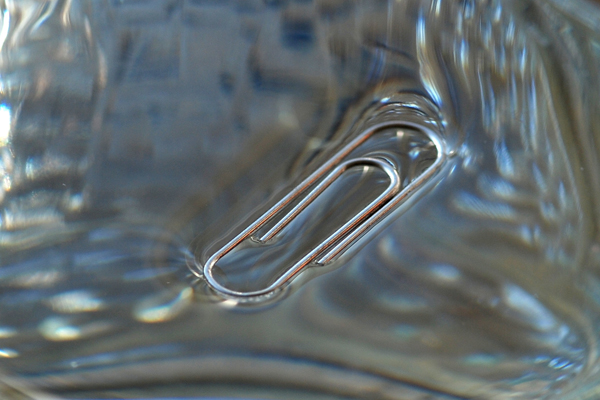
Sometimes water seems to defy the laws of physics, holding together despite the attempts of gravity or even the pressure of heavy objects to break it apart.
This is the power of surface tension, a property that makes the outer layer of a body of water (and some other liquids) act like a flexible membrane. Surface tension arises because water molecules bond loosely with one another. Because of the weak bonds between them, the molecules at the surface experience an inward pull from the molecules beneath them. The water will stick together until the forces pulling them apart overtake the strength of those weak bonds, and break the surface.
In the picture above, for example, a paperclip rests on the top layer of a body of water. Though the metal is denser than water and it therefore ought to sink, surface tension is preventing the clip from breaking the water's surface.
Boiling snow

{youtube ZGjwe-BCfms&feature=player_embedded}
When there's a huge temperature gradient between water and the outside air say, when a pot of boiling water measuring 212 degrees Fahrenheit (100 C) is splashed into air measuring minus 30 F (-34 C) a surprising effect occurs. The boiling water will instantly turn to snow, and blow away.
The explanation: Extremely cold air is very dense, with its molecules spaced so closely that there isn't much room left over for carrying water vapor. Boiling water, on the other hand, emits vapor very readily. When the water is thrown into the air it breaks into droplets, which have even more surface area for vapor to rise off of. This presents a problem. There's more vapor being emitted than the air can hold, so the vapor "precipitates out" by clinging to microscopic particles in the air, such as sodium or calcium, and forming crystals. This is just what goes into the formation of snowflakes.
Empty space

Though the solid form of almost every substance is denser than its liquid form, due to the fact that atoms in solids normally pack tightly together, this does not hold true for H2O. When water freezes, its volume increases by about 8 percent. This is the strange behavior that allows ice cubes, and even gargantuan icebergs, to float.
When water cools to its freezing point, there's less energy causing its molecules to slosh around, so that the molecules are able to form steadier hydrogen bonds with their neighbors, and gradually lock into position; this is the same basic process that causes all liquids to solidify. And just like in other solids, the bonds between molecules in ice are indeed shorter and tighter than the loose bonds in liquid water; the difference is that the hexagonal structure of ice crystals leaves a lot of empty space, which makes ice less dense than water overall.
The volume surplus can sometimes be seen in the form of "ice spikes " on top of ice cubes in your freezer. These spikes are composed of the excess water that is squeezed out of a cube by the freezing (and expanding) ice around it. In a container, water tends to freeze from the sides and bottom toward the center and top, so that the ice expands toward the middle. Sometimes, a pocket of water gets trapped in the middle with nowhere to run, and squirts out of a hole in the top of the cube, freezing in the shape of a squirt.
One of a kind
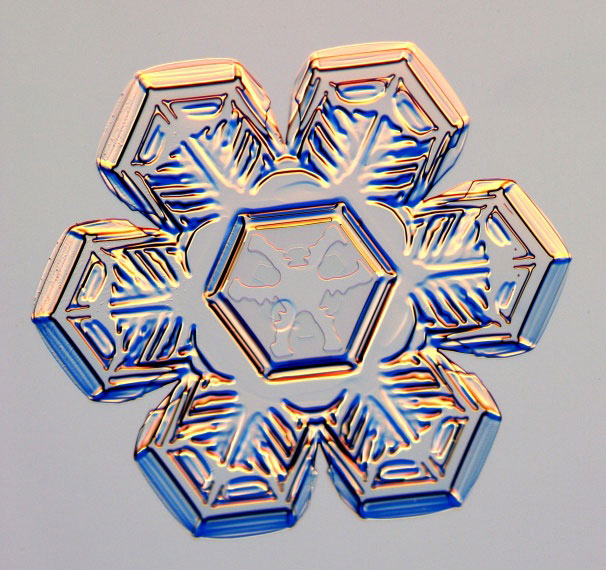
As the saying goes, "no two snowflakes are alike." Indeed, in the entire history of snow, every single one of these beautiful structures has been completely unique. Here's why: A snowflake starts out as a simple hexagonal prism. As each freezing flake falls, it bumps into a unique range of shape-changing conditions, including different temperatures, humidity levels and air pressures. That's enough variables that the crystal formation never happens in the same way twice.
That said, the cool thing about snowflakes is that their six arms grow in perfect synchrony, creating hexagonal symmetry, because each arm experiences the same conditions as all the others.
Where are you from?
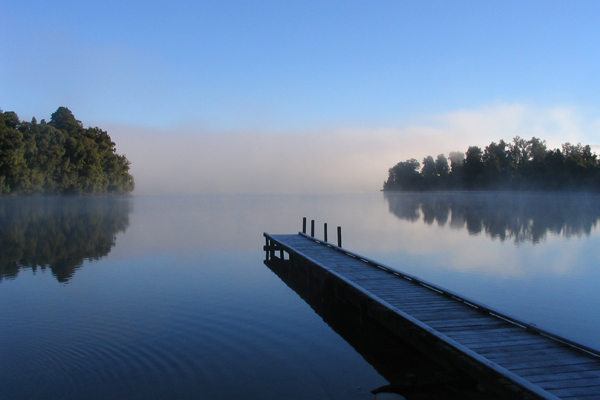
The exact origin of our planet's water, which covers about 70 percent of Earth's surface, is still a mystery to scientists. They suspect that any water that conglomerated on the surface of the planet as it formed 4.5 billion years ago would have evaporated off from the intense heat of the young, blazing sun. That means the water we have now must have gotten here later.
How? Well, during a period around 4 billion years ago called the Late Heavy Bombardment, massive objects, probably from the outer solar system, hit Earth and the inner planets. It's possible that these objects were filled with water, and that these collisions could have delivered gigantic reservoirs of water to Earth.
Comets â?? chunks of ice and rock with tails of evaporating ice that make long, looping orbits around the Sun are likely culprits for what landed us with all this liquid. There's one problem, however: Remote measurements of the water evaporating off of several major comets (Halley, Hyakutake, and Hale-Bopp) have revealed that their water ice is made of a different type of H20 (containing a heavier isotope of hydrogen) than Earth's, suggesting that such comets may not be the source of all our wonderful water.
Natalie Wolchover was a staff writer for Live Science from 2010 to 2012 and is currently a senior physics writer and editor for Quanta Magazine. She holds a bachelor's degree in physics from Tufts University and has studied physics at the University of California, Berkeley. Along with the staff of Quanta, Wolchover won the 2022 Pulitzer Prize for explanatory writing for her work on the building of the James Webb Space Telescope. Her work has also appeared in the The Best American Science and Nature Writing and The Best Writing on Mathematics, Nature, The New Yorker and Popular Science. She was the 2016 winner of the Evert Clark/Seth Payne Award, an annual prize for young science journalists, as well as the winner of the 2017 Science Communication Award for the American Institute of Physics.



